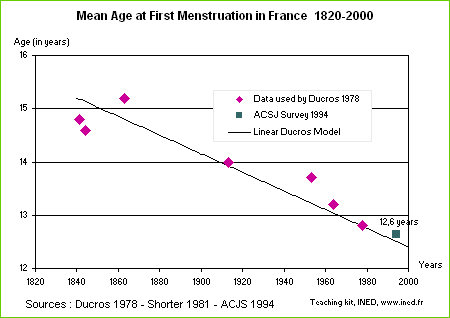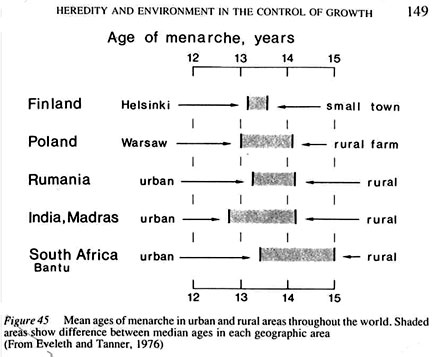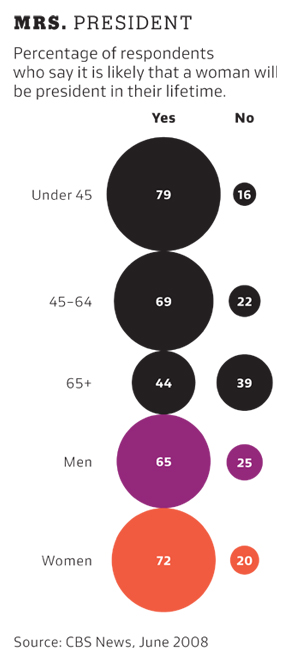
In this election, no one wants to be “elitist.” You know, the kind of person who went to an Ivy League, speaks perfect English, and avoids processed foods like high-fructose corn syrup.
Ben O. sent us these two ads, made by the Corn Refiners association, in which two historically marginalized groups–women and blacks–get it over on historically privileged groups–men and whites respectively–by exposing their obsessive-health-food-mania. Ben writes:
…the implication is that critics of [high-fructose corn syrup] HFCS are privileged (white and/or male) people who are condescending to inform black and/or female people that HFCS is bad, although they’re not only paternalistic but ignorant. And in both ads, standing up for the supposed virtues of high-fructose corn syrup appears to be an empowering action.
[youtube]https://www.youtube.com/watch?v=gxH[/youtube]
[youtube]https://www.youtube.com/watch?v=lQ-ByUx552s[/youtube]
Nice observation, Ben!
Lisa Wade, PhD is an Associate Professor at Tulane University. She is the author of American Hookup, a book about college sexual culture; a textbook about gender; and a forthcoming introductory text: Terrible Magnificent Sociology. You can follow her on Twitter and Instagram.







